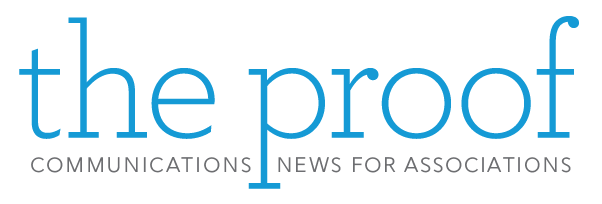The years 2020 and 2021 demonstrated the value of innovation in the association world. Finding new ways to provide educational sessions, engage members, and communicate without the value of in-person events was the norm for association staff.
Although new ways of handling association business and services to members were valuable, it is not enough to look back on innovative solutions and be satisfied. 2022’s challenge for association leaders will be to instill innovation as a core component of the organization’s culture. Now that staff members are accustomed to looking for new, better ways to serve members and with everyone open to the idea of change, it is important to keep that momentum going.
In a recent article in the National Association of Federally-Insured Credit Unions’ magazine, the responsibility for creating a culture of innovation was placed on leadership. The article points out how different NAFCU members support innovation and creativity throughout their organizations with resources, processes, and recognition of efforts.
Saying that “creativity can happen in a cubicle,” the authors of a Forbes magazine article suggest seven steps to create a culture of innovation:
- Clear goal setting
Specific goals such as reducing the time needed to close end-of-year-books from six weeks to four days may sound like a stretch, but it is tangible and measurable. It is clear enough to bring team members together, but loose enough to allow creative collaboration.
- Work assignments should match individual interests; provide positive challenge
Meaningful work motivates people. The key leadership challenge is to pair the work with people who have the skills and interest, which increases the likelihood of innovation.
- Open communication systems
Facilitating idea exchange, coordination, and collaboration can be accomplished with strong co-worker relationships. High quality relationships and the psychological safety allow for greater learning and innovation in an organization.
- Frequent, constructive, supportive feedback
Innovation comes from a series of small observations, recombination of ideas, and mini experiments that provide fast feedback, which allows us to adapt.
- Equitable and generous rewards and recognition
Creating a culture of innovation requires reward and recognition of innovative behavior, including risk taking, even when results are not immediately positive. This can include giving employees free time for passion projects, offerings raises or promotions for innovative ideas, or verbally celebrating innovative efforts at team meetings.
- Absence of unnecessary bureaucracy
Bureaucracy stifles innovation in two ways. It creates long lag times and institutional churn that slow innovation down to the point of irrelevance, and it demotivates innovators by putting road blocks in their way.
- Supportive collaboration
The final factor for fostering innovation is supportive collaboration across teams, units, and divisions. A study of 10 tech companies that partnered with other companies for innovation. Not surprisingly, when two companies in a partnership were more collaborative, it led to greater innovation.
The same need for collaboration, across all business units of an association, is necessary. Breaking down the siloes between membership, finance, education, and administration to work together on addressing an issue will almost always result in greater innovation. More importantly, it will support a culture of innovation.









